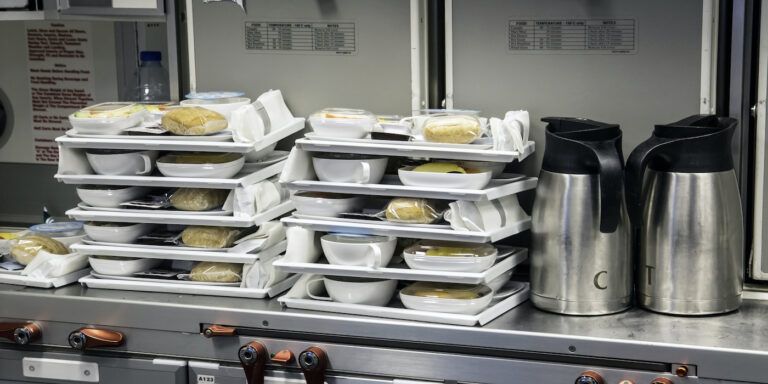Airline planners often claim that success depends on minimizing costs, but this does not make sense. No costs means no seats, no pilots and no airline. Somewhere between high cost and low cost is the right cost.
Establishing a waste optimization center of excellence achieves this. If the center is based in the product department, there may be potential to reinvest the profits in shiny new products.
Last time I wrote about some ideas about waste optimization in meal choices, rotable equipment cycles, water loading and cleaning that I know have allowed airlines to find more cash for product development in the past. This post is about the three ingredients you need to make waste optimization work in practice.
Ingredient 1: You need data – how can you find it?
There are three ways of getting data for waste optimization: direct measurement, record creation and testing. They are not all relevant to every opportunity.
Direct measurement is accurate but time consuming. For example, counting the number of meals uneaten after a flight and comparing with the number loaded tells you how popular each meal was.
Slightly less accurate but time efficient at the point of data entry is record creation, for example asking cabin crew to record what meals were and were not served. This can be done either on paper or through an electronic tablet. While paper-based record creation may be easier to implement quickly if your airline does not already use tablets in cabin service, there could be inefficiencies and inaccuracies down the line when the data is entered and analyzed. There may be a risk to accuracy and completeness of data, especially on short flights, if cabin crew do not have time to record information.
Testing can be direct or indirect. Rotable chinaware can be tested directly by placing a load of samples through 100 wash cycles to see how many break over time, which informs the procurement decision. Indirect testing takes other forms, for example actively changing the balance of meals loaded on particular routes and seeing if the volume of customer compliments or complaints received changes over time.
Ingredient 2: You need people – where should they come from?
The ideal people to handle waste optimization are creative enough to work with design teams and quantitative enough to hold their own when questioned by finance’s budget holders and procurement specialists seeking cost reductions on the product side to accommodate shortcomings elsewhere. At many airlines the right balance of enthusiasm for product and quantitative skills can be found within the commercial department, particularly revenue management, loyalty and customer experience.
Ingredient 3: You need support – who else needs to be involved?
A waste optimization center of excellence should be easy to find support for who would not like the idea of saving money?Actively promote your new initiative within the airline to attract the right people to become involved, seek stakeholders from cabin services, catering, and ground service teams, and don’t forget to include your airline’s executive leadership team.
Oliver Ranson is the founder of Ranson Pricing. Oliver was educated at LSE, where he took a First and then a Masters in economics. The rigorous microeconomics grounding that he received at LSE formed the basis of his passion for pricing.
After graduating Oliver joined leading consultancy Analysys, where he helped a mobile phone network operator justify their prices in front of their local regulator and conducted research for the European Commission.
He then moved to revenue management at Qatar Airways, creating from scratch the strategy framework and tools necessary for the airline to completely redefine their pricing. Before founding Ranson Pricing he was head of product research at Qatar Airways, where he applied his deep understanding of pricing concepts to investigate how product enhancements drive revenue.
Oliver believes that effective pricing based on both rigorous analysis and sound intuition is the key to long-term profitability.





